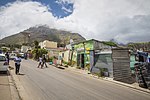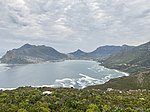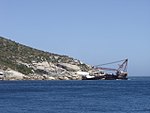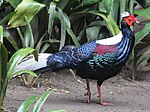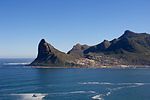Sandy Bay, Cape Town
Beaches of South AfricaGeography of Cape TownNude beachesTourist attractions in Cape Town
Sandy Bay is a nudist beach just south of Llandudno. It is on the west side of the Karbonkelberg, and cannot be seen from the main road to Hout Bay, which turns inland above Llandudno. Sandy Bay is not easily accessible. There are two ways to get the beach, one can clamber over the rocks from the car park at the southern end of Llandudno or take a 20-minute walk from the car park at the northern end of Hout Bay. The car parks are rather small and parking is often insufficient – the only solution is getting there early or having to walk a little further.
Excerpt from the Wikipedia article Sandy Bay, Cape Town (License: CC BY-SA 3.0, Authors).Sandy Bay, Cape Town
Rocket Road,
Geographical coordinates (GPS) Address Nearby Places Show on map
Geographical coordinates (GPS)
| Latitude | Longitude |
|---|---|
| N -34.023333333333 ° | E 18.330833333333 ° |
Address
Rocket Road
Rocket Road
7872 , Cape Town Ward 74
Western Cape, South Africa
Open on Google Maps


